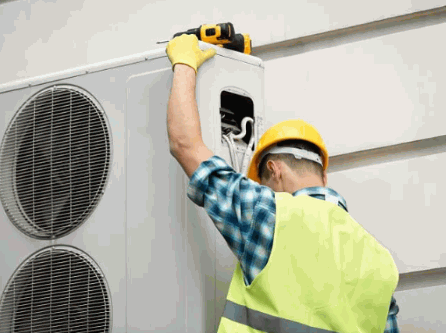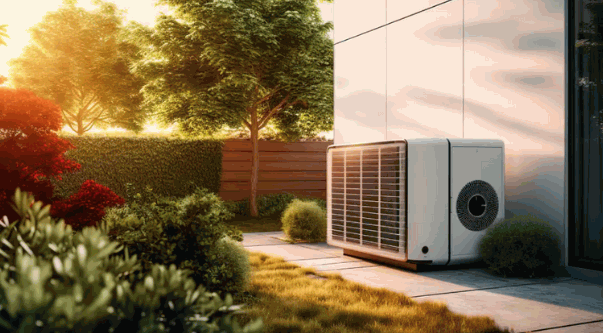
Are you contemplating the installation of an air-source heat pump for your residence? These advanced systems provide a sustainable and cost-efficient method for heating and cooling your living environment. This article delves into the nature of air source heat pumps, their operational mechanics, and the various types available in the market. It outlines the numerous advantages they offer, the factors that impact their cost, and provides strategies for optimizing your investment. Explore how this technology can improve your home's energy efficiency and contribute to a reduction in your carbon footprint.
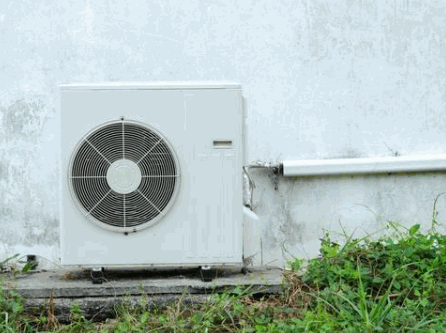
Table of Contents
An Air Source Heat Pump (ASHP) is an exceptionally efficient heating system that utilizes external air as a renewable energy source to deliver both heating and cooling solutions for residential and commercial properties.
By employing the principles of heat transfer, these HVAC systems are capable of extracting heat from the air, even in colder climates, and transferring it indoors to fulfill heating requirements. This innovative technology not only contributes to a reduction in energy consumption but also decreases heating expenses, rendering it a favored option for numerous homeowners in regions such as California, Massachusetts, and Florida.
Find out more: Difference Between Ground Source Heat Pump And Air Source Heat Pump
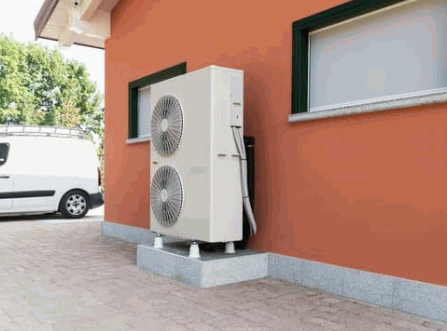
The operation of an Air Source Heat Pump (ASHP) is founded on the principles of the refrigerant cycle, which encompasses the evaporation and condensation of a specialized refrigerant fluid that absorbs and releases heat as it circulates through the system, managing both heating and cooling needs efficiently.
The outdoor unit is designed to extract heat from the ambient air, even at lower temperatures, and subsequently transfers this heat indoors through a compressor that elevates the temperature for heating purposes, ensuring sufficient heating capacity.
This efficient heat transfer process enables the ASHP to sustain optimal comfort levels while complying with specific electrical installation requirements, including the need for a suitable electrical panel.
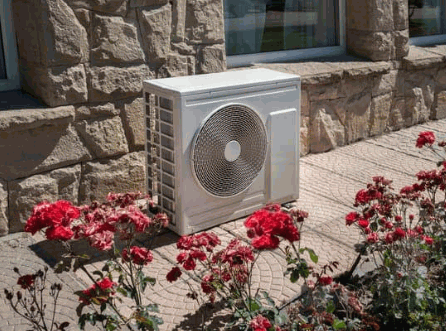
Air Source Heat Pumps (ASHPs) are classified into three primary types, each engineered to address the distinct heating and cooling requirements of residential and commercial properties, offering versatile heating solutions.
Air-to-air heat pumps represent a category of Air Source Heat Pumps that efficiently transfer heat from the outdoor air to the indoor environment, providing both heating and cooling capabilities as part of an effective HVAC system. These systems leverage the natural temperature differentials present in the environment throughout the seasons.
The operation of these systems involves the absorption of heat from the outside air, even at lower temperatures, which is then transferred indoors during the winter months. Conversely, during the summer, the process is reversed to provide cooling. This dual functionality enhances energy efficiency and significantly reduces energy costs compared to traditional heating methods.
The benefits of air-to-air heat pumps include numerous environmental advantages:
These heat pumps can be seamlessly integrated with existing cooling systems, enabling homeowners to enhance their HVAC setup without the necessity for extensive retrofitting. By employing advanced technology, they ensure optimal heating and cooling performance, adapting effectively to varying climate conditions.
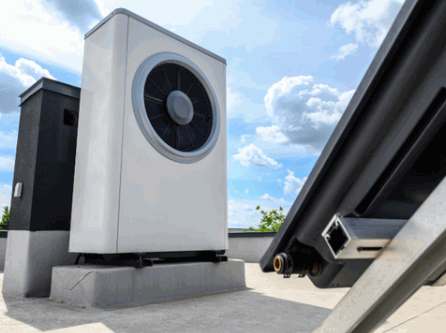
Air-to-water heat pumps extract heat from the external environment and transfer it to water, making them an ideal heating solution for residences equipped with radiators or underfloor heating systems, thereby significantly enhancing overall home efficiency and meeting home temperature needs.
These systems demonstrate effective operation even at lower temperatures, showcasing their versatility across a range of climates. Homeowners seeking to improve their heating solutions may discover that the efficiency of air-to-water heat pumps can result in substantial energy savings, particularly when compared to conventional heating methods.
Compatibility represents a significant advantage of these systems; whether a residence features standard insulation or is constructed with high-performance materials, air-to-water heat pumps can seamlessly adapt to fulfill the home's thermal requirements. The heating capacity of these systems is typically measured in BTUs, reflecting their robust performance.
Key benefits include:
By harnessing the natural temperature differentials present in the environment, air-to-water heat pumps contribute to a sustainable energy solution while ensuring optimal comfort within the home.
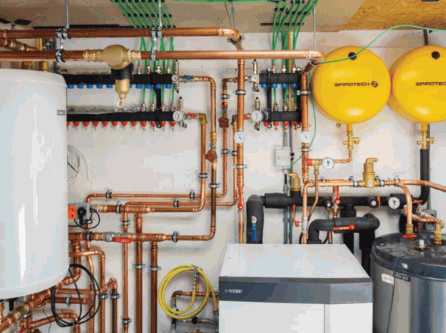
Hybrid heat pumps integrate the functionalities of air-source and traditional heating systems, utilizing a backup furnace for extreme cold conditions. This combination makes them a versatile heating solution that optimizes energy efficiency.
In the current dynamic energy landscape, hybrid heat pumps distinguish themselves through their capacity to adapt to varying temperature conditions and energy demands. These systems are particularly effective in regions where temperature fluctuations between seasons are pronounced, ensuring reliable heating even during the most severe winter conditions.
They intelligently alternate between the electric heat pump and the gas furnace, thus providing a balanced approach to energy consumption and occupant comfort, ensuring reliable performance across multi-zone configurations.
The strategic design of these heating solutions enables homeowners to experience warmth and comfort while maintaining manageable energy costs.
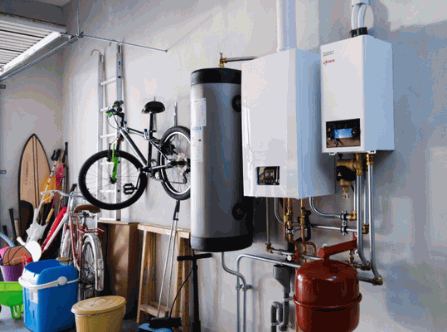
Utilizing an Air Source Heat Pump provides a variety of benefits, including enhanced energy efficiency, cost reductions in heating expenses, and a diminished environmental impact compared to conventional heating systems. These systems are ideal for homeowners looking to achieve energy savings while maintaining comfortable home temperatures.
By harnessing renewable energy from the air, these systems are capable of delivering significant energy savings, positioning them as an attractive option for homeowners in various climatic conditions, especially those seeking environmentally friendly heating alternatives.
Energy efficiency is a defining characteristic of Air Source Heat Pumps, which can achieve higher seasonal energy efficiency ratios (SEER) and heating seasonal performance factors (HSPF) compared to traditional HVAC systems, effectively reducing overall energy consumption.
This advanced technology harnesses the ambient air outside to effectively heat and cool residential spaces, significantly diminishing reliance on conventional fossil-fuel systems. In contrast to traditional air conditioners or furnaces, which often operate at lower efficiencies, these modern heat pumps optimize performance by transferring heat rather than generating it.
For example, Air Source Heat Pumps can produce up to 3-4 times more energy than they consume. This exceptional efficiency results in reduced electricity consumption, leading to lower utility bills for homeowners.
The impact on energy costs is further enhanced by the integration of renewable energy sources, which aligns with the growing emphasis on sustainability and the reduction of carbon footprints, offering considerable environmental advantages.
Investing in an Air Source Heat Pump can result in substantial cost savings over time, significantly reducing heating bills compared to conventional heating systems, particularly when factoring in installation costs and potential tax credits, making it a cost-effective heating solution.
When homeowners choose to adopt this technology, they discover numerous financial advantages associated with the initial setup and ongoing usage. Although the upfront investment in an Air Source Heat Pump may exceed that of traditional systems, many find that the long-term savings on energy expenses rapidly offset this initial expenditure. Various incentives, such as federal tax credits and local rebates, can alleviate the financial burden during installation.
Such strategic investments not only enhance individual financial circumstances but also positively impact environmental preservation, aligning financial motivations with eco-friendly practices.
Air Source Heat Pumps are recognized as environmentally friendly heating solutions due to their lower energy consumption and the utilization of refrigerants with reduced global warming potential. This contributes to a decrease in carbon emissions and aligns with energy-efficient practices.
These advanced systems extract heat from the external air, effectively transferring warmth into buildings even during colder months. They operate with remarkable efficiency, frequently achieving a coefficient of performance (COP) greater than 3, which means they generate three units of heat for every unit of electricity consumed. This exceptional efficiency results in reduced energy costs for both homeowners and businesses.
As governments and organizations prioritize the adoption of green technologies, transitioning to air-source heat pumps is recognized as a critical strategy in the fight against climate change. These systems are often paired with geothermal heat pumps to further enhance energy efficiency and reduce dependence on gas furnaces.
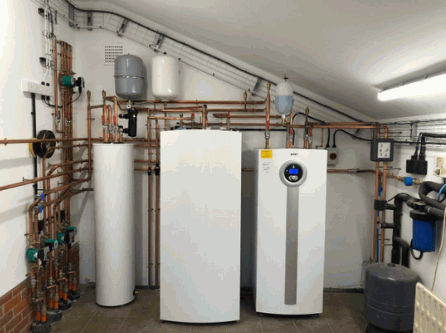
Numerous factors influence the overall cost of an Air Source Heat Pump. These factors include the size and capacity necessary to meet specific heating requirements, the brand and model of the unit, installation expenses, and any additional features like smart thermostats or zoning capabilities that may be incorporated. Moreover, efficient heating depends on selecting appropriate systems for cold climates, ensuring they have sufficient BTUs and HSPF ratings.
The size and capacity of an Air Source Heat Pump are critical factors that determine its efficiency and effectiveness. It is essential for the pump to be appropriately sized to meet the heating requirements of a home's temperature and layout. This involves considering the heat pump size in relation to the building's HVAC system needs, including its BTU output and compatibility with existing heating systems.
When selecting the appropriate heat pump, various factors that influence performance must be taken into account. The home layout is particularly significant; for instance, an open-concept design may facilitate more even heat distribution compared to a segmented layout with multiple rooms.
Ultimately, achieving optimal comfort and efficiency depends on a thorough evaluation of these variables, making professional consultation advantageous for homeowners.
The brand and model of the Air Source Heat Pump play a critical role in determining costs, as various manufacturers provide differing levels of quality, energy efficiency, and warranties. These factors can influence both installation expenses and long-term performance. Opting for well-established brands ensures that consumers receive products supported by robust customer service and reliability in terms of HVAC system performance and cooling capacity.
When assessing the available options, it is essential to consider how brand reputation aligns with specific features such as noise levels, heating capacities, and control systems. A unit with high efficiency ratings not only assures optimal performance but can also lead to significant savings on energy bills over time.
Ultimately, the selection of a top-tier model can have a profound impact on the overall ownership cost, balancing initial investments with long-term savings through enhanced efficiency and superior support.
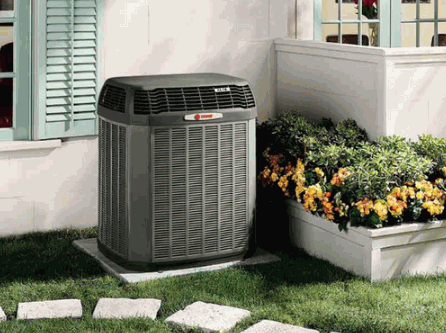
Installation costs for an Air Source Heat Pump can fluctuate based on several factors, including required home modifications, the complexity of refrigerant line installation, and any necessary upgrades to the electrical panel. These costs can also be influenced by the need for ductless mini-split systems versus traditional ducted systems, adjusting for specific geographical areas such as California or Florida.
Several elements can significantly influence the overall costs associated with the installation of these systems. For example:
Local building codes and accessibility may further complicate the installation process, underscoring the importance of obtaining comprehensive estimates prior to commencing installation.
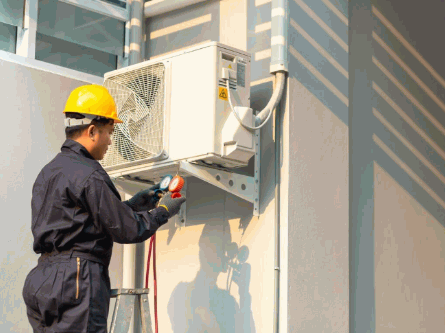
Additional features of an Air Source Heat Pump, such as smart thermostats and zoning capabilities, can significantly enhance energy efficiency and user comfort; however, they may also contribute to higher upfront costs.
Incorporating these advanced features allows homeowners to exercise greater control over heating and cooling systems, enabling them to customize temperatures for individual rooms or areas. This approach not only maximizes comfort but also minimizes energy wastage, potentially resulting in savings on utility bills over time.
While the initial investment may be considerable, the long-term benefits include reduced operational costs and an increase in property value. Ultimately, these features can significantly transform the energy dynamics of a home, making it both more comfortable and cost-efficient.
The average cost of an Air Source Heat Pump generally ranges from $4,000 to $8,000, which includes the purchase price of the unit, installation costs, and any necessary modifications or upgrades. This pricing positions it as a competitive option among energy-efficient heating systems.
The average cost of an Air Source Heat Pump generally ranges from $4,000 to $8,000, which includes the purchase price of the unit, installation costs, and any necessary modifications or upgrades, such as home insulation and electrical requirements. This pricing positions it as a competitive option among energy-efficient heating systems, including ducted air and ductless mini-split systems.
In evaluating the overall investment, it is essential to recognize that several factors contribute to these costs.
Ultimately, prospective buyers should engage in comprehensive research and, if necessary, consult with professionals to identify the most appropriate option based on their specific circumstances.
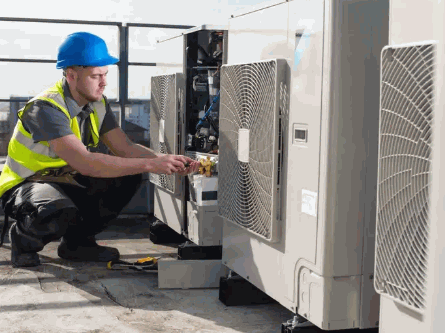
Homeowners have the opportunity to reduce expenses associated with Air Source Heat Pumps by utilizing government rebates and incentives, ensuring appropriate sizing and installation, and committing to regular maintenance. These measures collectively contribute to the optimization of energy savings, particularly in regions with cold climates like Denver or Massachusetts.
Homeowners have the opportunity to reduce expenses associated with Air Source Heat Pumps by utilizing government rebates and incentives, ensuring appropriate sizing and installation, and committing to regular maintenance. These measures collectively contribute to the optimization of energy savings.
Many states and local governments provide rebates and incentives for homeowners who choose to install energy-efficient systems, such as Air Source Heat Pumps, thereby significantly alleviating the initial financial burden.
These financial incentives can vary considerably, encompassing a range of programs that include federal tax credits, state-specific rebates, and local utility incentives, all aimed at promoting energy efficiency. Homeowners are encouraged to explore available rebates by visiting their state energy office websites or contacting local utility companies, where they can obtain detailed information regarding qualifying products and the application processes.
To optimize potential savings, it is advisable to consult with a licensed contractor who can assist in navigating the complexities of these programs, ensuring that installations comply with the necessary requirements. Engaging with these incentives not only reduces the cost of purchasing and installing energy-efficient systems but also contributes to long-term savings on energy bills while positively impacting the environment.
Ensuring that an Air Source Heat Pump is appropriately sized for a residence not only enhances operational efficiency but also helps to avoid excessive installation costs while maintaining an optimal indoor temperature.
When an HVAC system is correctly sized, it can operate at peak performance, facilitating greater energy savings over time. Homeowners may not be aware that an oversized unit can lead to short cycling, where the system frequently turns on and off, resulting in inefficient energy consumption.
Conversely, an undersized system struggles to meet heating and cooling demands, leading to increased wear and tear as well as higher electricity bills. Ultimately, investing in professional sizing and installation significantly contributes to reducing operational costs while extending the lifespan of the unit.
Homes equipped with accurately sized heat pumps typically experience enhanced indoor comfort, ensuring consistent temperatures throughout the space.
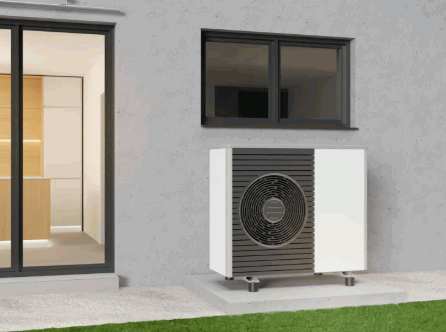
Regular maintenance of an Air Source Heat Pump is essential for ensuring optimal performance and longevity, which can significantly contribute to energy savings and reduced operational costs over time.
To fully appreciate this necessity, it is important to recognize that routine checks and services can dramatically enhance the efficiency of the HVAC system. Consistent maintenance not only prevents minor issues from escalating into costly repairs but also extends the lifespan of the unit itself. A well-maintained system operates more efficiently, thereby providing improved climate control and comfort within any space.
Ultimately, establishing and adhering to a comprehensive maintenance plan can yield substantial long-term savings, ensuring that the system not only functions effectively but also serves as a reliable investment for years to come.
